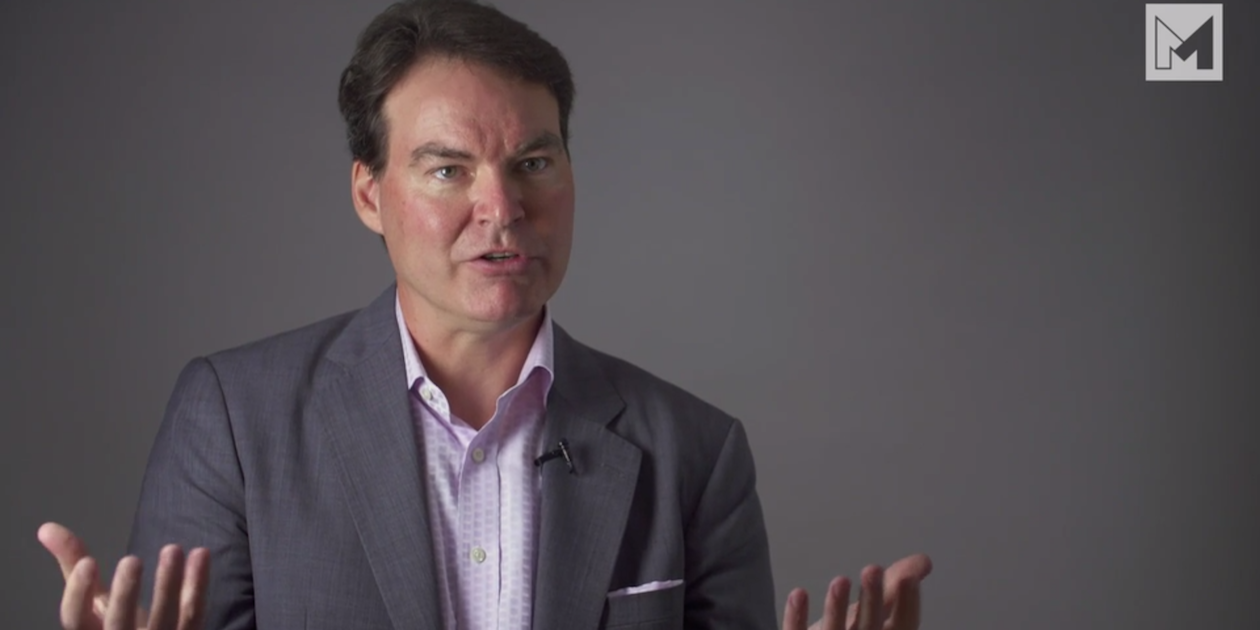After 14 years with RBC, Alan Depencier has helped navigate Canada’s biggest financial institution through the rise and reign of digital. Today, digital advertising accounts for about 50% of the retail bank’s media spend, and RBC continues to broaden and tailor its digital marketing strategies.
As part of a larger conversation around Context Matters, an in-depth study by Rogers Insights, in partnership with the Canadian Marketing Association, The Globe and Mail and Marketing, the bank’s vice-president of marketing shared his insights on digital advertising, the meaning of premium and the long game.
The study reveals that almost all (91%) of marketers agree that a premium website depends on a client’s target audience. How do you define premium?
We don’t use the word prestigious or premium, because different people’s perceptions of what “prestigious” is depends on their personal interest. We are more interested in quality — quality of content and audience. The future is audiences: we work hard to define an audience for a particular brand or a particular product, and we ask how to best to reach those people. We ask what our audiences care about — maybe they like gardening — and to the extent we can wrap content around gardening and financial services together, then we see greater success. And if it’s more of a brand objective, then we tend to skew towards more quality sites that are going to not only reach the audience, but do it in an environment that reflects the status of the brand.
What role does programmatic play in the mix?
We are highly focused on key metrics around attracting new business. With acquisition programs we favour a lot of automated buying techniques and let the KPIs drive decisions. Automation and technology allows you to find the right folks and target them. In that case, we are less concerned about a specific site’s content — we are primarily interested in how the site is performing.
How do you measure success?
It always comes back to what we are trying to accomplish online. We have multiple objectives, and we have different KPIs when we look at more brand and awareness-building objectives versus pure acquisition. It’s interesting. We’ve got the scientists and we’ve got the brand people, and there’s always healthy debate. The scientists keep proving over and over again that sometimes from a CPA perspective, run-of-network buys actually do extremely well. We see what rises to the top and then continually optimize. The key thing we’ve learned is, you’ve got to stick to it. You’re not going to find out in two or three weeks. Typically, if you’re doing these types of tests, it’s a six-month journey to get results.
So data rules?
We are a large organization. You have to let the facts and data shape your strategy. What works for one demographic or business objective doesn’t necessarily work for another. As a marketer, you need to go in with a hypothesis, but you have to let facts and data shape your strategy. It’s always changing. What worked two years ago will not necessarily work now. We let KPIs tell us what is and what is not working and we shift dollars accordingly.
Is it a challenge to constantly revise?
With digital channels, I see it as a phenomenal opportunity. With access to near real-time data, insights and technology we are able to continually refine and optimize approaches to best engage and connect with clients. In addition, digital channels allow us to do this cost effectively.
There is so much opportunity to do custom content, but what about privacy concerns?
Trust is the foundation of financial services. If you start violating trust, then you risk losing your brand completely, so privacy is a big part of it. It’s not a one-size-fits-all approach. You have a certain segment of clients that go, ‘you know a lot about me, why aren’t you using that to personalize my experience or show me ads that are relevant to me?’ And then there’s another segment of clients, that’s growing—yet still relatively small — which is, ‘I don’t want you to use my data for anything beyond core banking, that’s it.’ We have very well defined privacy policies, but we also have “client preference and choice,” which allows our clients to tailors our communications based on their preference or opt out of certain types of communications. The trend is towards allowing clients to have more control and choice. The big mistake is assuming all consumers are the same.
How does that ability to really know and speak to your audience shape the conversation?
The more you know about your audience, the more targeted and relevant you can be in your communications. You will have the greatest success by tailoring messages to individual clients that meet a specific need in a way that is authentic and easily digested. For example, dynamic creative that leverages messaging, imagery and offers personalized to individual profiles and/or interests has tremendous potential. We have also seen significant lift when messaging and creative is linked to a publisher’s editorial content.
How then do you make the most of your ad dollars?
You have to balance both the long game and the short game. There is a tendency for organizations and marketers to focus on the short game, because of pressure to deliver near term results which are easily measured and reported upon. With the growth of digital channels and more real-time metrics at your disposal, this tendency or myopic approach is more prevalent than ever before. The long game or brand marketing is more interesting because it is more difficult to measure in the short term, but ultimately will have greater impact on future results. Growing awareness, consideration and brand love takes time and organizational commitment. As the senior leadership team you have to have confidence that investments in the long game, in addition to a successful short game, will ultimately outperform short-term strategies alone.











